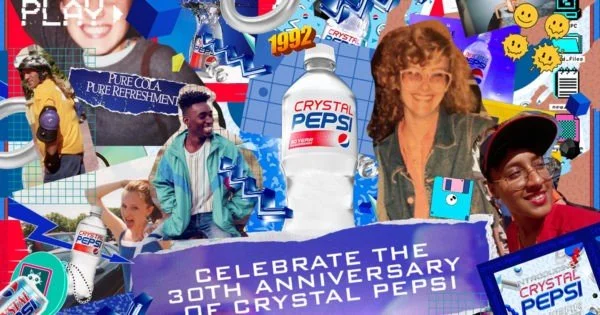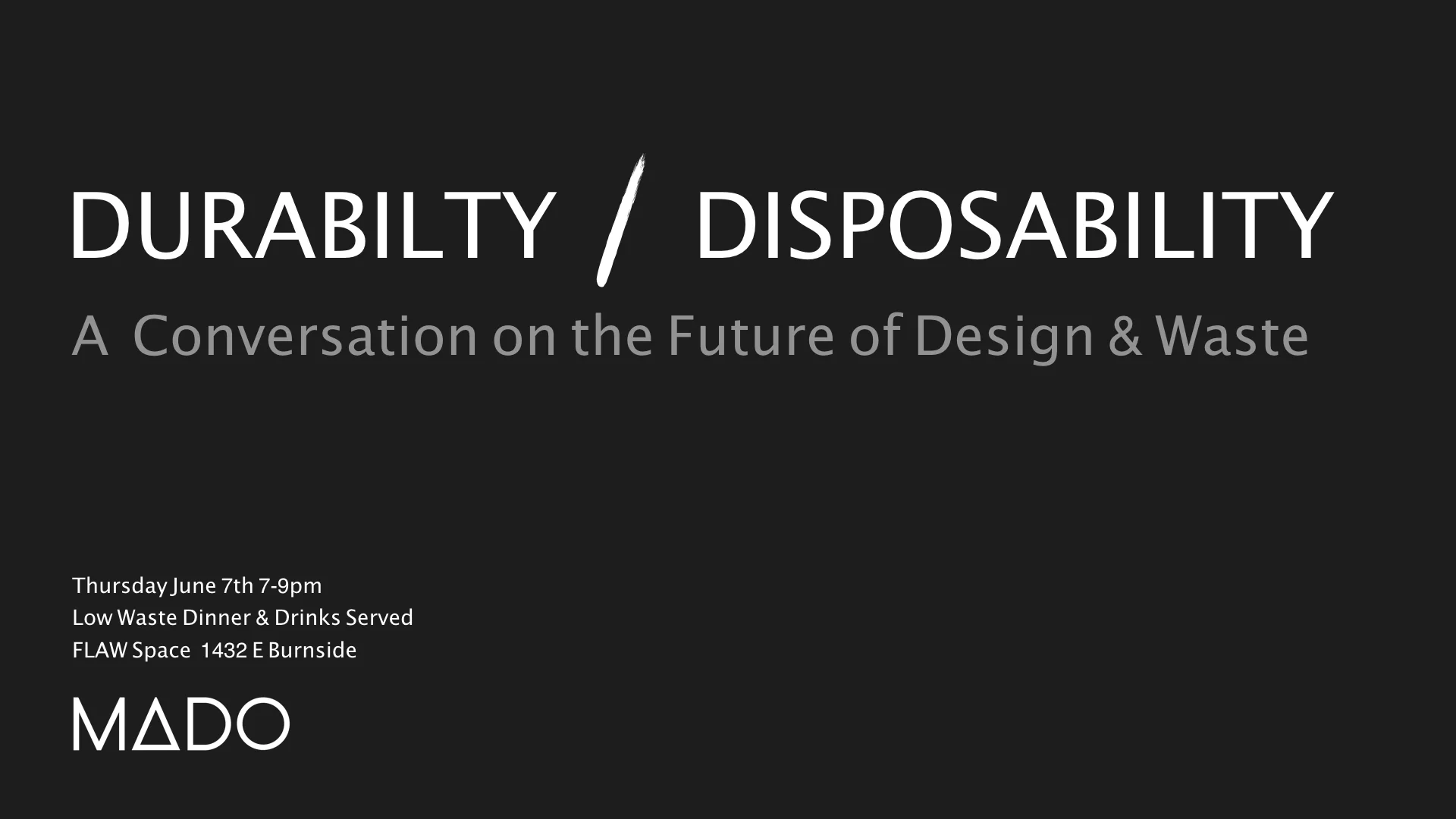Telling the story of sustainability in the built environment is increasingly crucial. The challenge is translating technical subject matter for diverse—and sometimes polarized—audiences. This piece explores quantifying, qualifying, and celebrating climate impact achievements.
How Customer Experience Centers Unify Spatial and Digital Branding
With the right strategy to get the most from technology and brand assets, all kinds of businesses can reimagine or create new spaces for telling stories that work for everyone: customers, employees, recruits, and more.
Using Experience Strategy to Design What People Truly Want
What is experience strategy, anyway? A focused exploration of what it means at Gensler.
SMPL Q+A: Honoring heritage months
GLAD TO BE INCLUDED AS ONE OF SEVERAL PRACTITIONERS FROM DIFFERENT DESIGN DISCIPLINES EXPLORING HOW TO BALANCE AUTHENTICITY WITH ACTION WHEN OBSERVING U.S. HERITAGE MONTHS.
Why Marketers Might Never Move Past '90s Nostalgia
The 90s have been having a moment. I spoke with Adweek’s Paul Hiebert about nostalgia's role in marketing. Here’s what they wanted to know…
SMPL Q+A athenahealth: Creating connections
We’re often tasked with explaining enablement compellingly: “our product x lets you do y like nothing else.” Here’s how that worked out well for one client, recently—Hellman & Friedman and Bain capital acquired athenahealth for $17B.
Revamping DEI Strategies
A piece for AdWeek making the case for sourcing and justifying DEI messaging using core business strategy language.
No Juneteenth messaging this year? How to get ready for 2022
In the wake of the woke summer of 2020, and fresh off becoming the 11th federal holiday, Juneteenth is back—higher-profile, higher stakes. Regardless of your approach to (or avoidance) of Juneteenth this year, brand voice is one of the keys to creating the right message.
Brand Voice and Crisis | Siegel+Gale Ideas
Voice is important in times of crisis, not least because there’s an unprecedented volume of communication happening today. Some brands are putting voice to good use in order to transcend the transactionality of the typical day-to-day—others not so much.
Backdrop for the Win
Backdrop, a new DTC paint company, took a first-place prize in this year’s Dieline awards… honored and excited to have been part of the team behind the brand (as well as a campaign model;)
A Conversation on the Future of Design & Waste
Jaclyn Suzuki, founder of MADO, a bespoke trend and consumer forecasting agency based in Portland, OR, is set to host a salon of ideas around to how to make less, better stuff in the future.
The Future of Fixing - Center for Craft Creativity & Design
Honored to have been selected as a Guest Librarian for this traveling exhibition's US stop. "The Future of Fixing" is an open source exhibition and program that promotes engagement with making and repair. It is a call for integrating fixing in our day to day life and for reflecting on attitudes to fixing in the future.
Metropolis - The Best Cities to Live In: Portland, OR
Unlike many cities in the American West, Portland, Oregon, didn’t start out as a boomtown. It’s grown steadily since being founded in the 1850s, endowed with a fortuitous location and valuable natural resources (timber, first and foremost). Portland has been booming lately, however, and rather than trees, it’s wafered silicon and woven nylon fueling growth
Design for Repair: Things Can Be Fixed
Repair is both a constraint and an outcome of product design. It’s also a practical activity performed—or not performed, more often—on designed objects. Similar skills and understanding are required to design and fix things well, but these shared capacities are applied by different actors to very different practical ends. "Design for Repair" investigates the historical and current state of repair in material culture and identifies the insurgent potential of working product designers.













